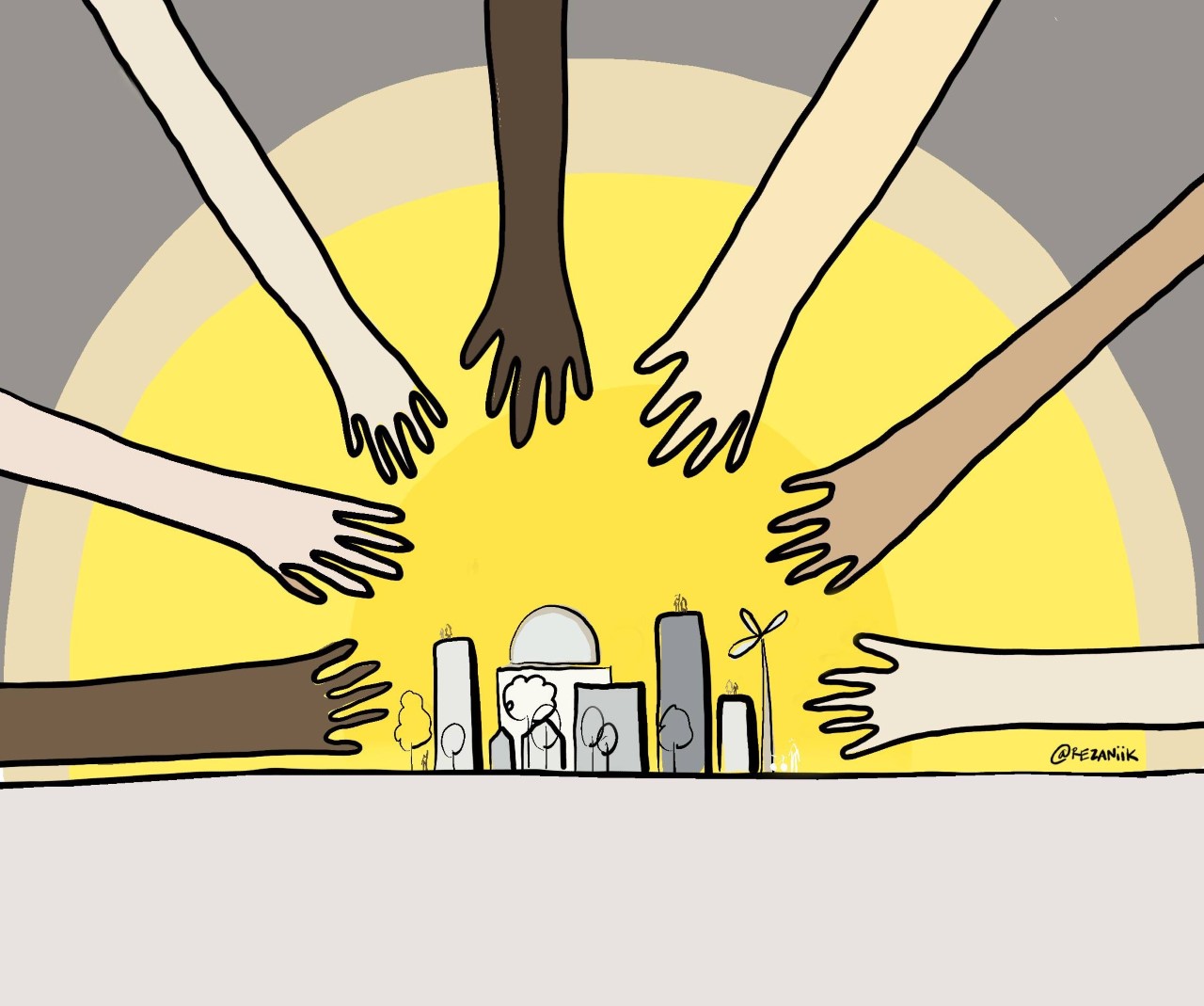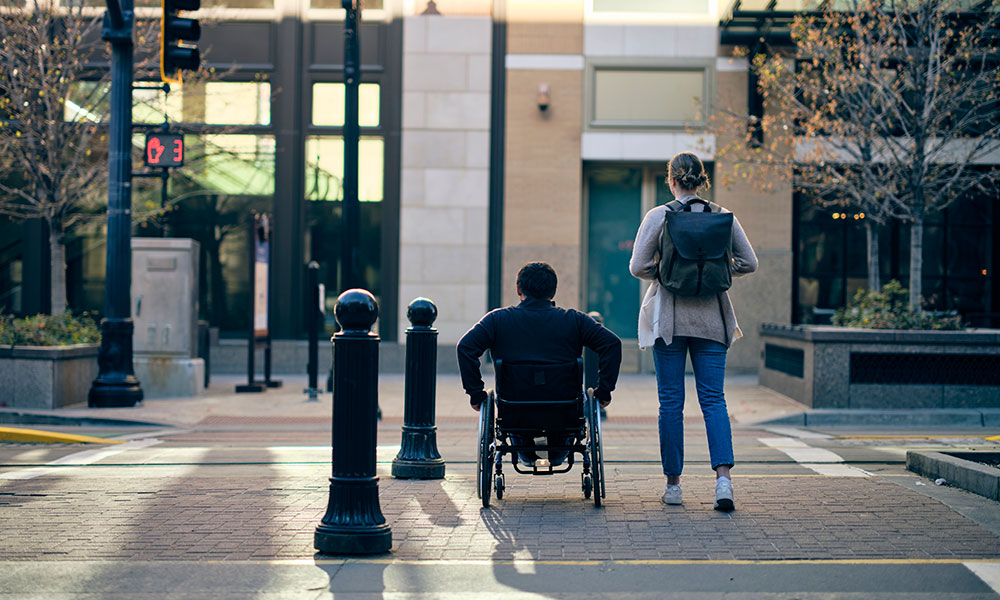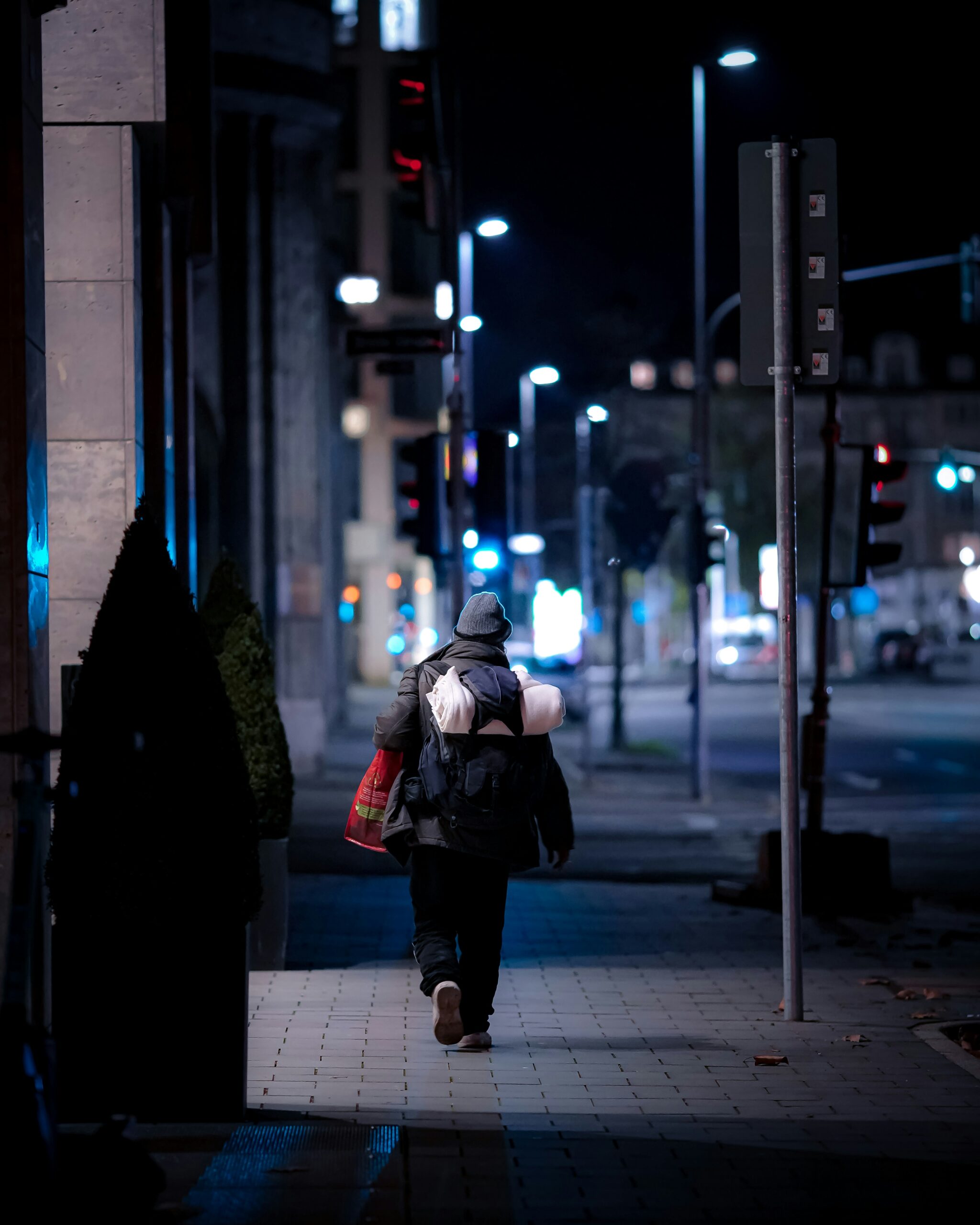Featured Guest
You’ll find this guest among our growing roll of Urban Champions.
-
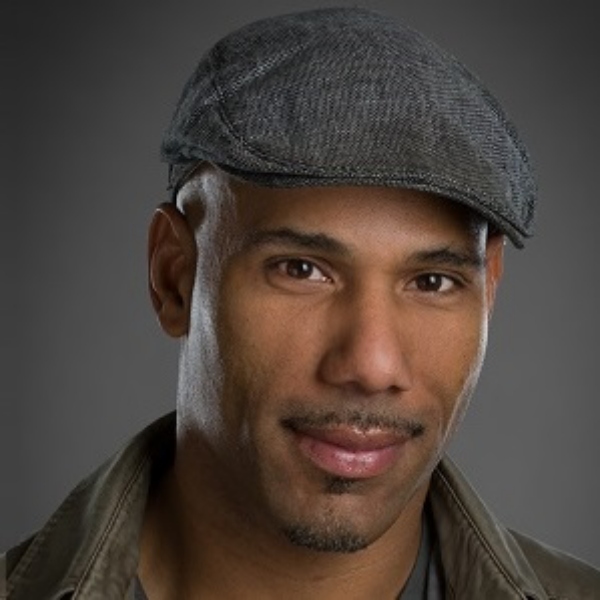
Will Prosper
Documentary filmmaker, human rights activist and community organizer
-
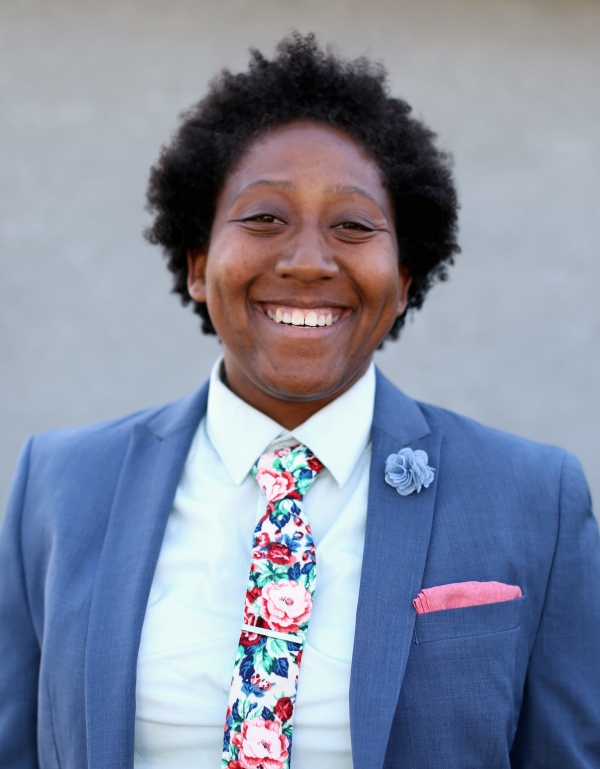
Tamika Butler
Doctoral Student, UCLA’s Luskin School of Public Affairs
-
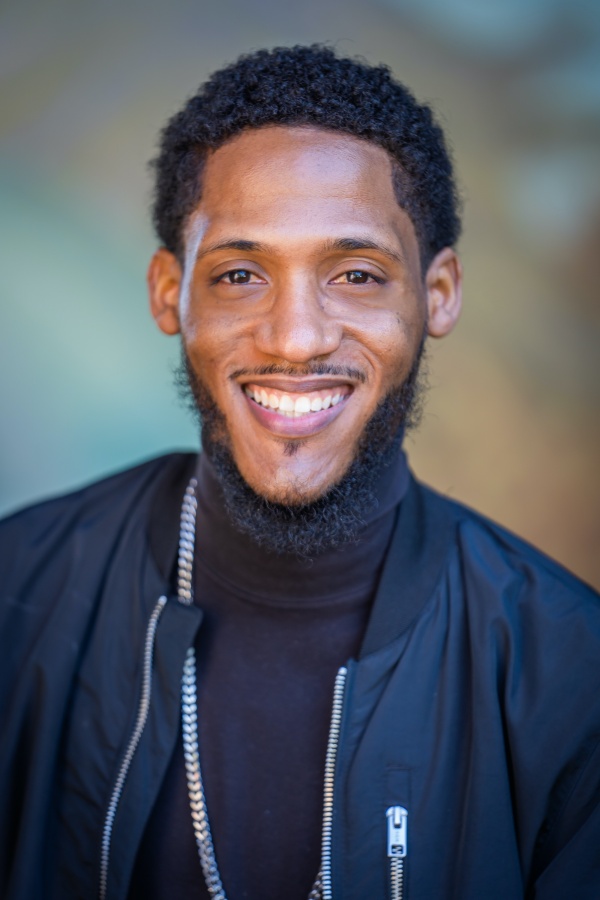
Orlando Bailey
Director of Engagement, BridgeDetroit & Detroit Host, Urban Consulate
-
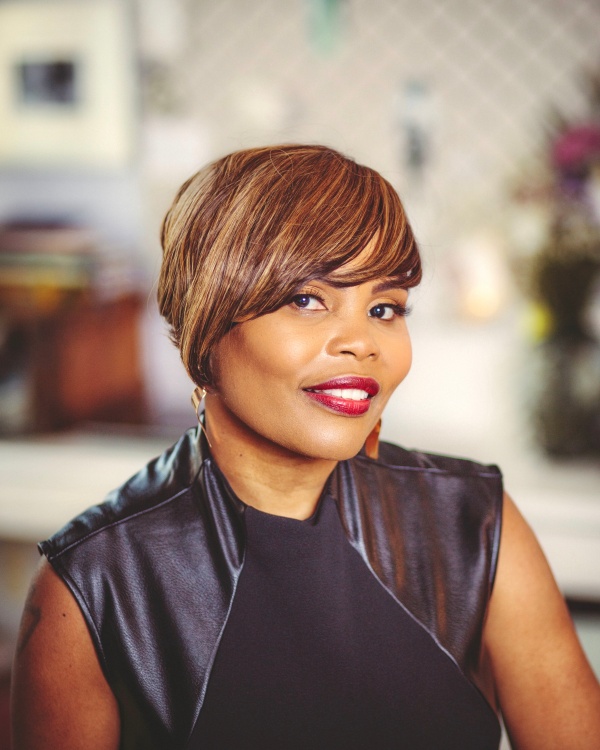
Jay Pitter
Founder, Jay Pitter Placemaking
-

Anthonia Ogundele
Founder and Executive Director, Ethos Lab Educational Society
5 Key
Takeaways
A roundup of the most compelling ideas, themes and quotes from this candid conversation
1. Public spaces are not neutral
Alienation in the public realm is a lived experience for Black communities around the world, and Black bodies are often seen as a threat in public space. By sharing their firsthand experiences of anti-Black racism, each of our panelists proved that there is no single, homogenous Black experience. From Anthonia Ogundele’s childhood memories of being alienated from the playground to Orlando Bailey’s being forbidden to enter Saks with his mother, public spaces are sites of everyday racism and oppression.
2. Black communities are experiencing multiple crises at once in very different ways
While the COVID-19 pandemic continues to threaten Black communities, Tamika Butler explained how institutional racism represents another crisis altogether. In fact, these two intertwined crises are embedded in physical spaces themselves. For example, incarcerated populations, in which Black communities are overrepresented, are at greater risk during this time given the near impossibility of social distancing in confined spaces. As Will Prosper described, the COVID pandemic has revealed how many urban spaces have been “designed to fail us.”
3. We need to make space for Black grief
The emotional burden of intergenerational trauma and alienation is immense: this cannot be borne by Black communities alone, nor is it their responsibility to educate others about history or how to be anti-racist. We are all complicit in the systems and practices and must collectively bear the emotional weight and necessity to act. Everyone in the urbanist community must rethink their roles in this system and actively empower marginalized voices. Indeed, Anthonia highlighted the need to empower Black youth in order to redesign and reimagine digital and urban spaces.
4. Academia and urban planning professions have a critical role to play
Moving forward, Orlando Bailey pointed out that we must “further interrogate where we learn to be urbanists and city planners.” Academic institutions and professors need to reflect on amplifying Black experience and scholarship in the curriculum and beyond. This exclusion of Black voices does not, however, end in the classroom: it is present in the workplace as well. Black urbanists are expected to put their lived experiences aside to “fit in” at their workspaces, thereby removing the personal knowledge necessary to help urban communities flourish.
5. There are many tangible ways to take necessary action
Uncomfortable conversations mark only the beginning of a long-term effort to eradicate anti-Black racism. Nonblack urban planners must listen to and amplify Black voices: Jay Pitter’s A Call to Courage: An Open Letter to Canadian Urbanists is required reading for urbanists from coast to coast. Jay explained, it is critical to understand that “equity does not mean sacrificing excellence.” She also emphasized the importance of strengthening respectful relationships with Black urbanists to reimagine inclusive urban spaces, share valuable expertise and gain personal knowledge of how to build successful cities.
Additional Reading & Resources
A Call to Courage: An Open Letter to Canadian Urbanists, Jay Pitter
Why We Must Talk About Race When We Talk About Bikes, Bicycling, Tamika Butler
Driving While Black, Dr. Gretchen Sorin, New York Public Library Q&A
Stop Killing Us: A Real Life Nightmare, Tamika Butler, Medium.com
The Planner’s Beginner Guide to the #BlackLivesMatter Movement
Segregation by Design: Local Politics and Inequality in American Cities, Jessica Trounstine, Cambridge University Press
How do you sign ‘Black Lives Matter’ in ASL? For black deaf Angelenos, it’s complicated, Sonja Sharp, LA Times
5 essential books to read on making cities anti-racist, Diana Budds, Curbed
Race and Social Equality: A Nervous Area of Government, Susan T. Gooden, Routledge Taylor and Francis Group
America’s Cities were Designed to Oppress, Bryan Lee Jr, CityLab
The Domino Effect, University of Orange, Vimeo
Dame Jocelyn Barrow: More Needs To Be Done On Her Lifetime Work On Racial And Multi-Cultural Awareness, Black History 365
The Un-Urbanist Assembly – 23-hour virtual teach-in from Thursday, June 18 through Friday, June 19, Thirvance Group
Transformative Talks: COVID-19, Racism & Delivery Justice, Untokening webinar
Full Panel
Transcript
Note to readers: This video session was transcribed using auto-transcribing software. Manual editing was undertaken in an effort to improve readability and clarity. Questions or concerns with the transcription can be directed to events@canurb.org with “transcription” in the subject line.
Full Audience
Chatroom Transcript
Note to reader: Chat comments have been edited for ease of readability. The text has not been edited for spelling or grammar. For questions or concerns, please contact events@canurb.org with “Chat Comments” in the subject line.
